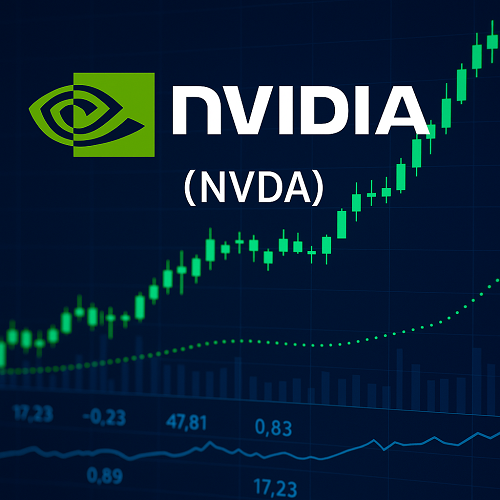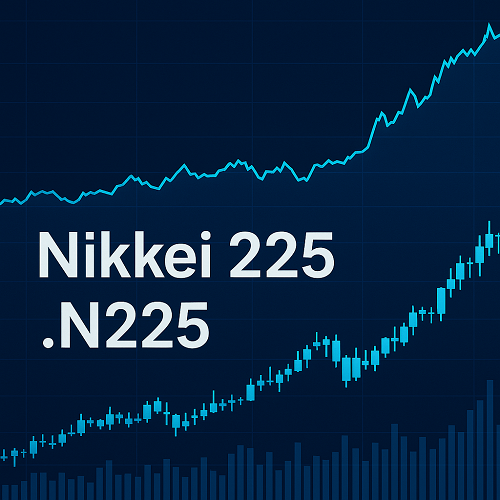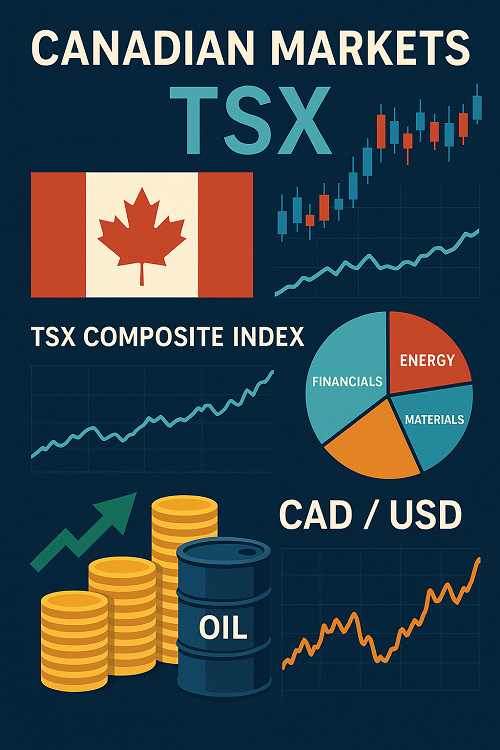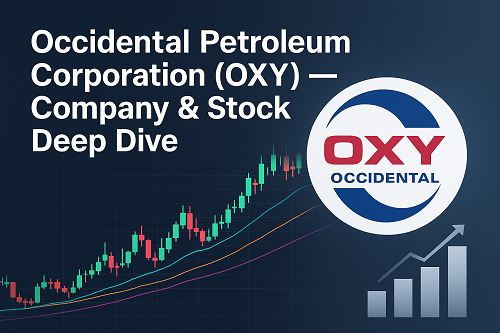When investors search for “NVIDIA stock” or “NVDA outlook”, they often land on basic quote-pages supplying price, volume, 52-week high/low, etc. For example, the Nasdaq page offers a quick snapshot: current price, market cap, 52-week range, etc.
But in today’s fast-moving tech/AI environment, deeper context matters. This article aims to provide that depth: a full view of NVIDIA’s competitive strengths, growth vectors, potential headwinds, valuation and what that means for investors.
Company Profile & Business Segments
NVIDIA Corporation (NASDAQ: NVDA) is a global leader in graphics processing units (GPUs) and high-performance computing. The company was founded on April 5, 1993 by Jensen Huang, Chris Malachowsky and Curtis Priem.
Headquartered in Santa Clara, California, NVIDIA operates across multiple business segments:
- Graphics & Gaming: GPUs for PC gaming (GeForce brand), laptops, desktops.
- Data Centre / Compute & Networking: High-end GPUs and systems for AI training/inference (e.g., H100 and Blackwell-generation architectures), accelerated computing platforms, networking chips.
- Automotive & Embedded: Platforms for autonomous vehicles, robotics (Jetson), automotive systems.
- Professional Visualization: GPUs for designers, creators, workstations.
These segments collectively span the booming fields of gaming, AI/data-centre workloads, virtualisation/robotics and automotive/embedded systems.
Recent Financial Performance & Valuation Metrics
Key data snapshot
- According to Nasdaq.com, NVDA’s 52-week high/low: approx. $195.62 max / $86.62 min.
- Market capitalisation (as of recent update) ~ $4.46 trillion for NVIDIA.
- Dividend yield is extremely modest (~0.02%) reflecting the company’s growth orientation rather than income distribution.
- Historical data (examples): On Oct 23 2025 NVDA closed at ~$182.16 with volume ~111 M shares.
Valuation considerations
Given its dominant role in several high-growth markets (especially AI/data centre), NVIDIA commands premium valuation multiples relative to many peers.
Analysts frequently highlight the company’s “growth at scale” profile: large revenue/earnings base, but still significant expansion potential (especially in AI infrastructure).
Financial performance drivers
- Revenue growth is being driven by data centre demand (AI training/inference), plus gaming and professional visualization segments.
- Margins have benefited from accelerated computing architectures and higher ASPs (average selling prices) of advanced chips.
- NVIDIA’s hardware-software ecosystem (e.g., CUDA, DGX, networking) gives it a “moat” advantage versus more commodity players.
Growth Drivers & Strategic Positioning
Artificial Intelligence & Data Centres
One of the most powerful growth vectors for NVIDIA is the enduring and expanding need for hardware capable of training and running large AI models. The company’s GPUs and systems (e.g., H100, Blackwell) are key infrastructure for major cloud providers, AI startups and research labs.
Because large-scale AI computations require enormous compute and memory bandwidth, NVIDIA’s architecture advantages translate into strong pricing power and growth runway.
Gaming & Professional Visualization
Though the data centre business gets much of the spotlight, gaming remains a stable and growing segment — new game releases, VR/AR demand, high-end PC gaming growth (globally) all feed demand for NVIDIA GPUs. Professional visualization for creators, workstation users, simulation/AI-modeling also remain tailwinds.
Automotive, Embedded & Edge AI
NVIDIA’s automotive and embedded segments are less dominant currently but represent meaningful optionality. Autonomous-driving platforms, robotics (Jetson), edge-AI initiatives – all of these could become larger contributors as AI/edge adoption widens.
Software & Ecosystem Advantage
What differentiates NVIDIA is not simply hardware, but the full stack: software, libraries (CUDA), ecosystem, developer base. That provides recurring-value potential (software licensing, ecosystem stickiness) and helps defend against commodity-chip competition.
Geographical/Cloud Partner Leverage
NVIDIA’s major customers include cloud service providers, large data centres globally. This positions the company to benefit from secular shifts (cloudification, compute intensification, AI expansion) across geographies.
Risks & Competitive Landscape
No company is without risk. For NVIDIA, some of the key headwinds and competitive factors include:
Competition & commoditisation
While NVIDIA remains dominant, competition from Advanced Micro Devices (AMD), Intel Corporation, and other emerging AI-chip players (including startups and regional non-US firms) is growing. Some articles note that Intel and AMD are improving technical indicators and momentum.
If competition intensifies, ASPs could come under pressure and margins may erode.
Geopolitical & export controls
Because many of NVIDIA’s chips are subject to export regulations (especially into China), any tightening of export restrictions, trade war escalation or supply-chain disruptions could materially impact revenue.
For example, export controls curtailed certain shipments to China, prompting fears of ~$8 billion in lost sales for NVIDIA alone.
Supply chain & manufacturing constraints
Advanced chips require leading-edge foundries (e.g., Taiwan Semiconductor Manufacturing Company – TSMC). Any delays, yield issues or capacity constraints can hamper growth and justify negative revisions.
Valuation risk & execution risk
Given its high valuation premium, the market expects strong growth. If NVIDIA fails to deliver (in terms of revenue growth, margin expansion, new architectures) or if macroeconomic headwinds slow spending on AI/data-centre builds, the stock could face a correction.
Macro / interest-rate risk
High-growth tech stocks are sensitive to interest-rate changes, inflation, and broader risk-appetite shifts. Given NVIDIA’s growth profile, a change in sentiment could lead to outsized volatility.
Technical & Market Sentiment Analysis
Technical snapshot
From historical data: On Oct 23 2025 NVDA closed at ~$182.16 and volume ~111.3 M shares.
The 52-week high is around $195.62, and the low around $86.62.
This wide range shows both the strength of the rally and the stock’s sensitivity to broader market/sector moves.
Market sentiment & milestones
- NVIDIA became the first ever company to surpass a ~$4 trillion market value, marking a major milestone in its transition to an AI-infrastructure leader.
- Despite headwinds (export controls, macro), the stock hit record highs, underscoring market confidence in its dominant position.
- Analysts have revised price-targets upward on optimism around AI demand, though some caution remains concerning valuation and risk.
Investment Thesis & Strategy
Why BUY NVIDIA?
- Strong secular tailwinds in AI, data centres, gaming, edge/embedded computing.
- Leadership position: hardware + software + ecosystem provides a differentiated moat.
- Growth potential remains high: even with a large revenue base, new markets (AI inference, automotive, robotics) provide optionality.
- Execution track record: consistent margin expansion, new architecture introductions, strong channel/partner relationships.
Why HOLD / CAUTION?
- Premium valuation: the risk of growth disappointment is higher given the elevated expectations.
- Increasing competition: AMD, Intel, and new entrants could erode NVIDIA’s dominance over time.
- Geopolitical/supply risks: export controls, supply-chain constraints, and macro shocks could meaningfully hurt results.
- Interest-rate/valuation sensitivity: as a growth stock, NVDA is vulnerable to market sentiment shifts.
Strategy considerations
- Long-term investors: If you believe in the long-term AI/data-centre secular trend, NVIDIA remains a strong core holding. Consider dollar-cost averaging to mitigate short-term volatility.
- Short-term / swing traders: Monitor technical levels (e.g., support near $170-180, resistance near $195+), volume patterns, news catalysts (earnings, architecture launches, regulatory developments).
- Valuation check: It’s prudent to set target entry/exit zones based on your risk appetite and time-horizon — e.g., if entering around $180, targeting $240+ over 12–24 months, while being prepared for draw-downs.
- Portfolio context: Given NVDA’s size and influence on the tech sector, ensure it fits within a diversified portfolio (you may not want it to become too large a weight unless that aligns with your risk profile).
Frequently Asked Questions (FAQ)
Q1. What exchange does NVDA trade on?
NVDA trades on the Nasdaq Stock Market (NASDAQ).
The ticker symbol is NVDA.
Q3. Does NVIDIA pay a meaningful dividend?
No — the dividend yield is extremely low (~0.02%), indicating the company is focused on growth rather than income.
Q4. What are the key growth segments for NVIDIA?
Major segments include AI/data-centre, gaming, professional visualization, automotive/embedded, edge AI.
Q5. What are the main risks to investing in NVIDIA?
Key risks include competition (AMD, Intel), export/control risk, supply-chain constraints, valuation risk, macroeconomic risk (rates, sentiment).
Conclusion
In the rapidly evolving landscape of technology and artificial intelligence, NVIDIA has positioned itself at the heart of the transformation. Its combination of industry-leading hardware architectures, strong software ecosystem, and multiple addressable markets (AI, gaming, automotive, edge) makes it a standout company.
However, this strength comes with elevated expectations, and with that comes greater risk. The premium valuation, competitive pressures, and macro/regulatory uncertainties mean that investors should be thoughtful in their approach.
If you’re bullish on the secular trend of AI and believe NVIDIA can continue to convert that into growth and margin expansion, then NVDA could be a strong component of a growth-oriented portfolio. If you’re more cautious or valuation-sensitive, you might consider a phased entry or complementing with peers/alternatives.





 XAUT-USD
XAUT-USD  AMD
AMD  MARA
MARA  SHOP
SHOP  BULL
BULL  CL=F
CL=F